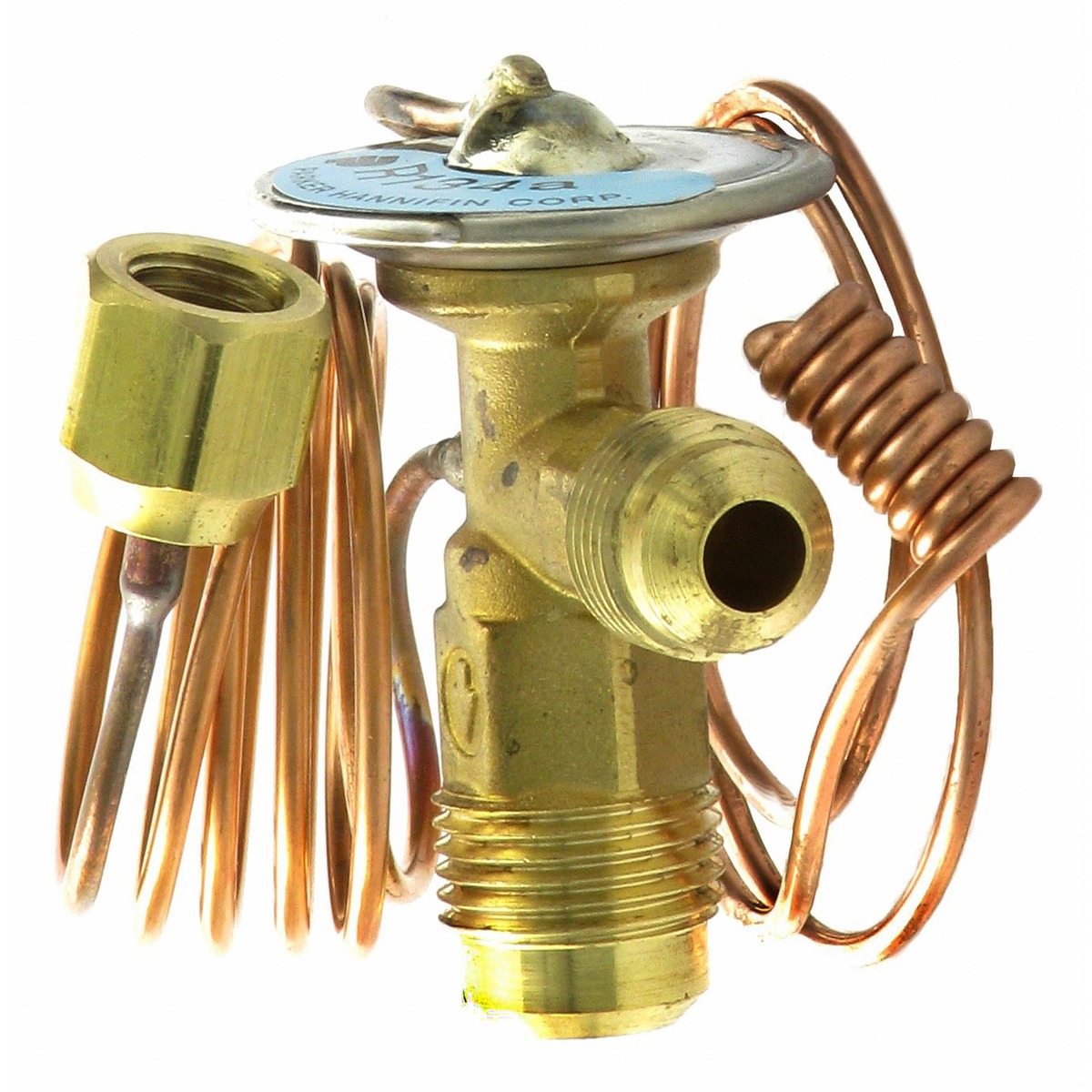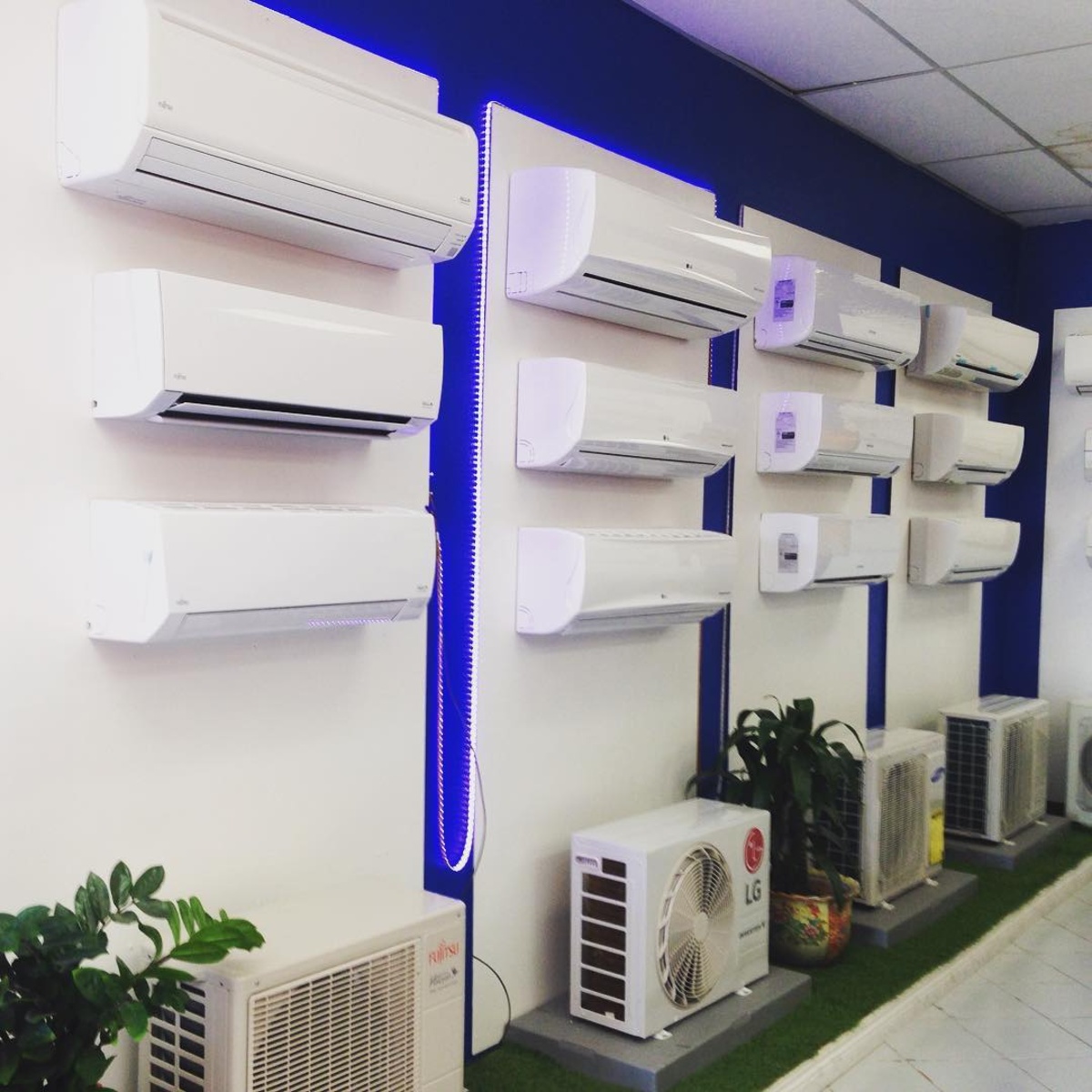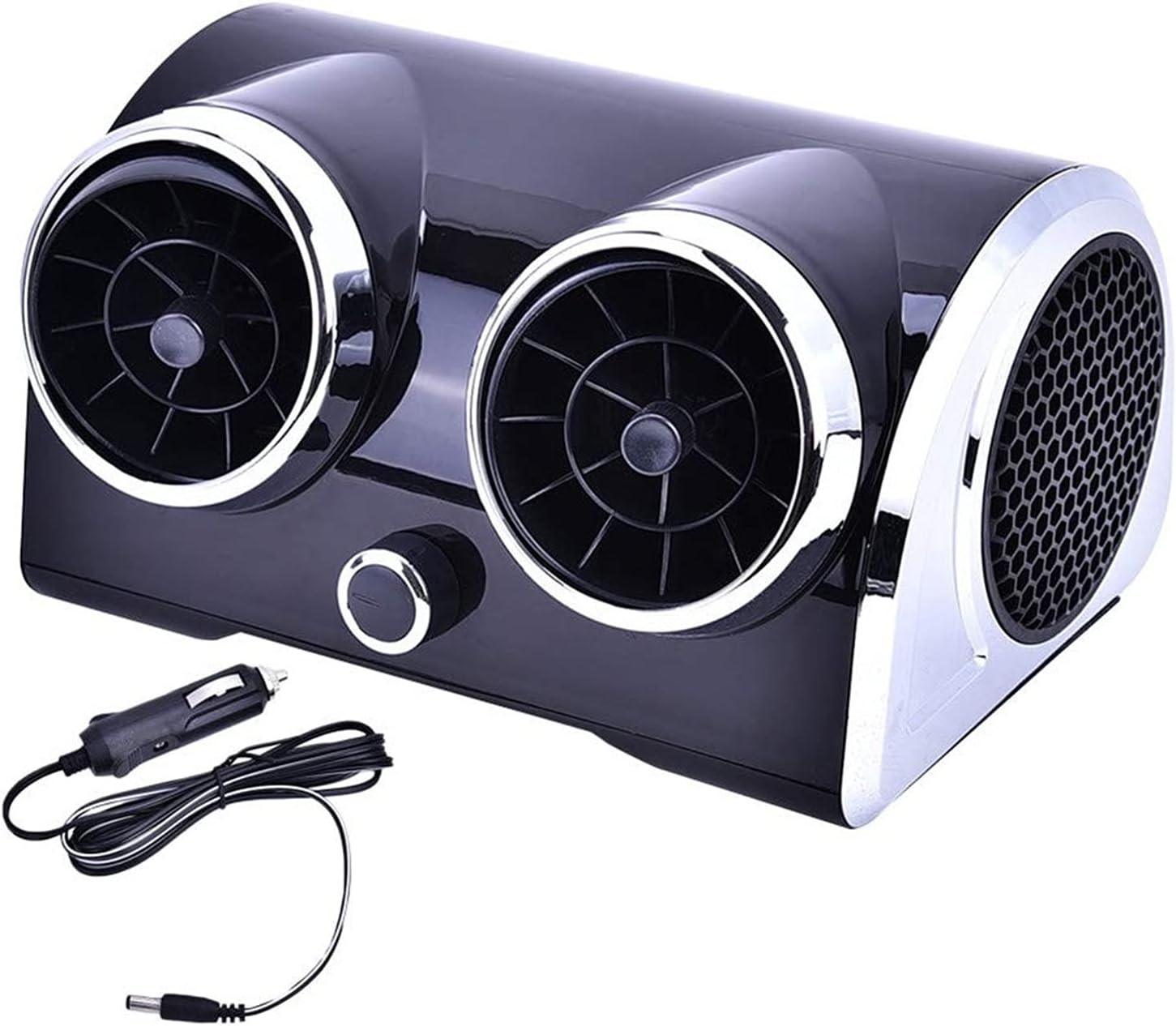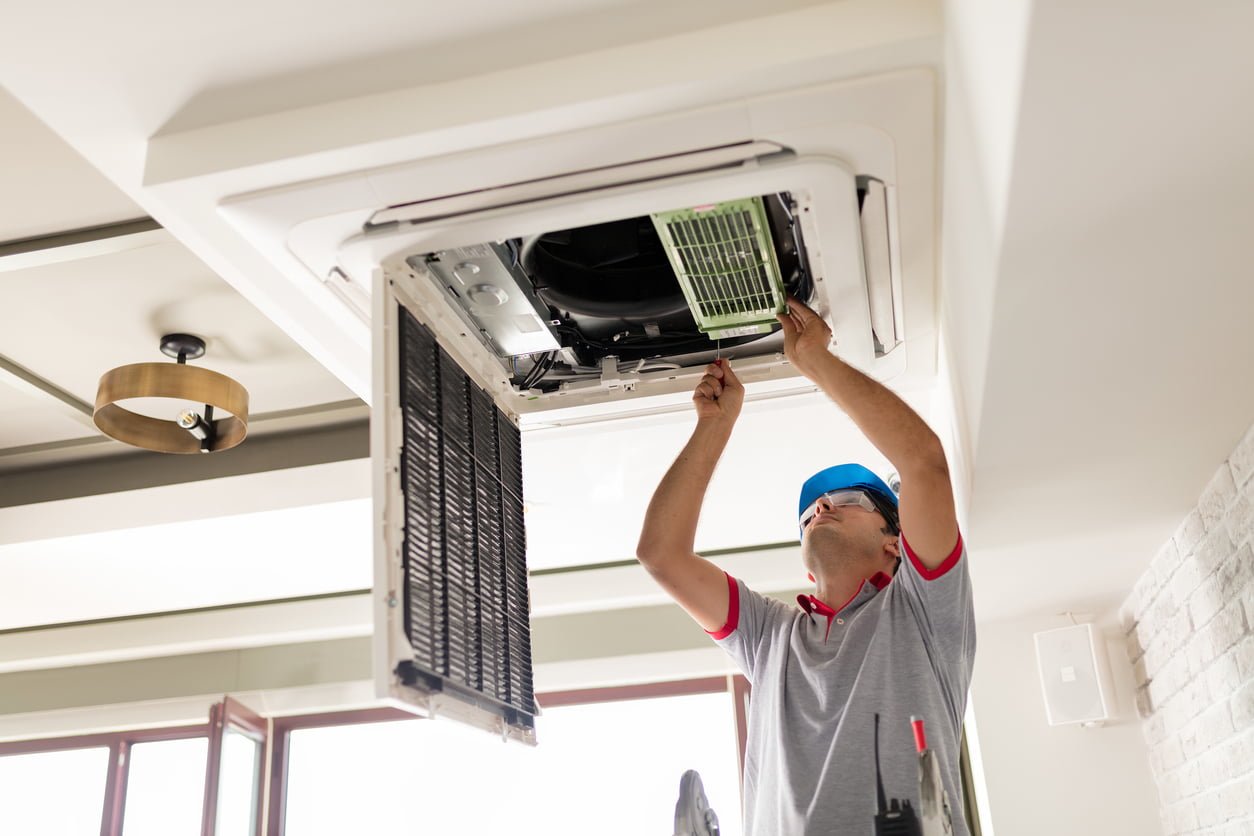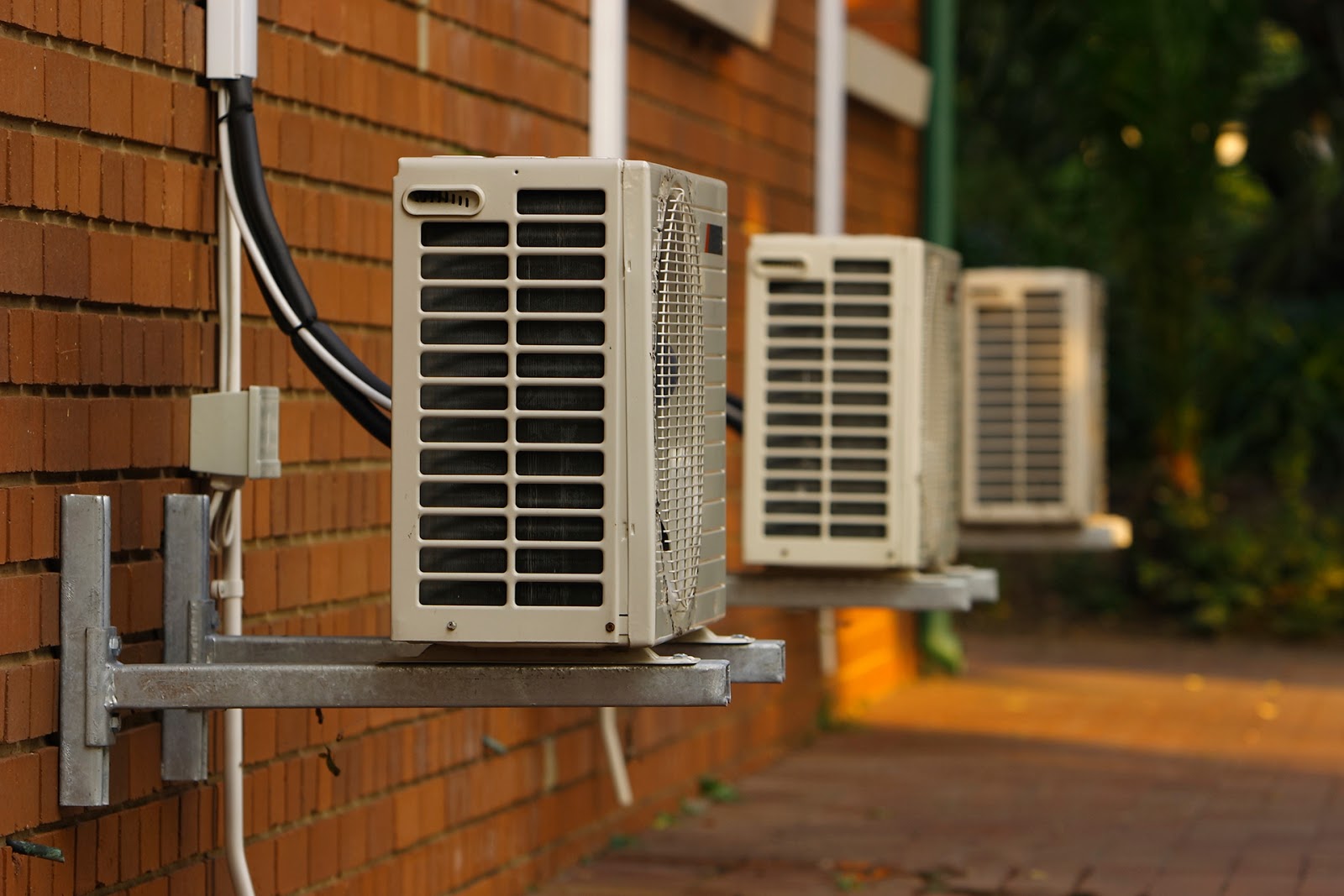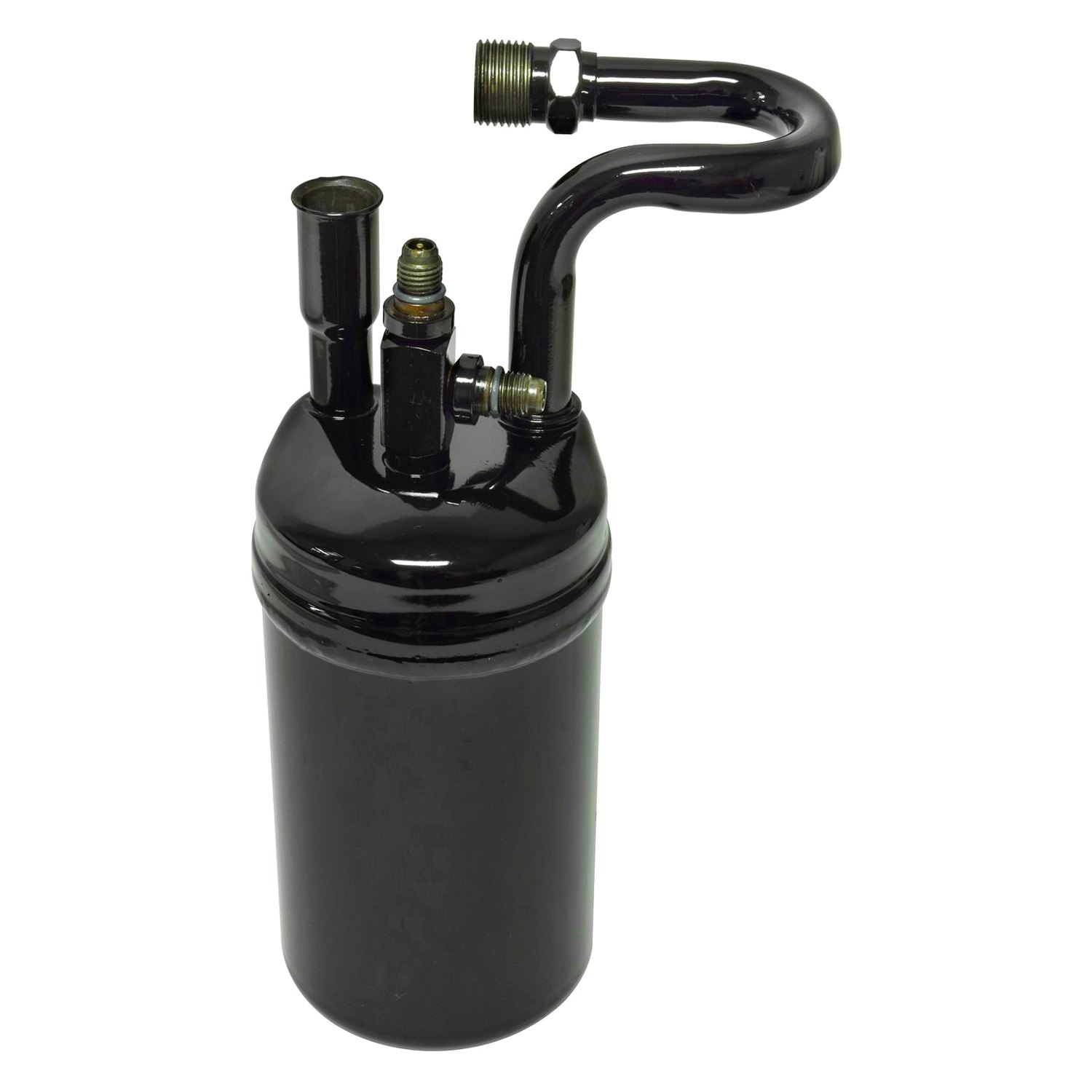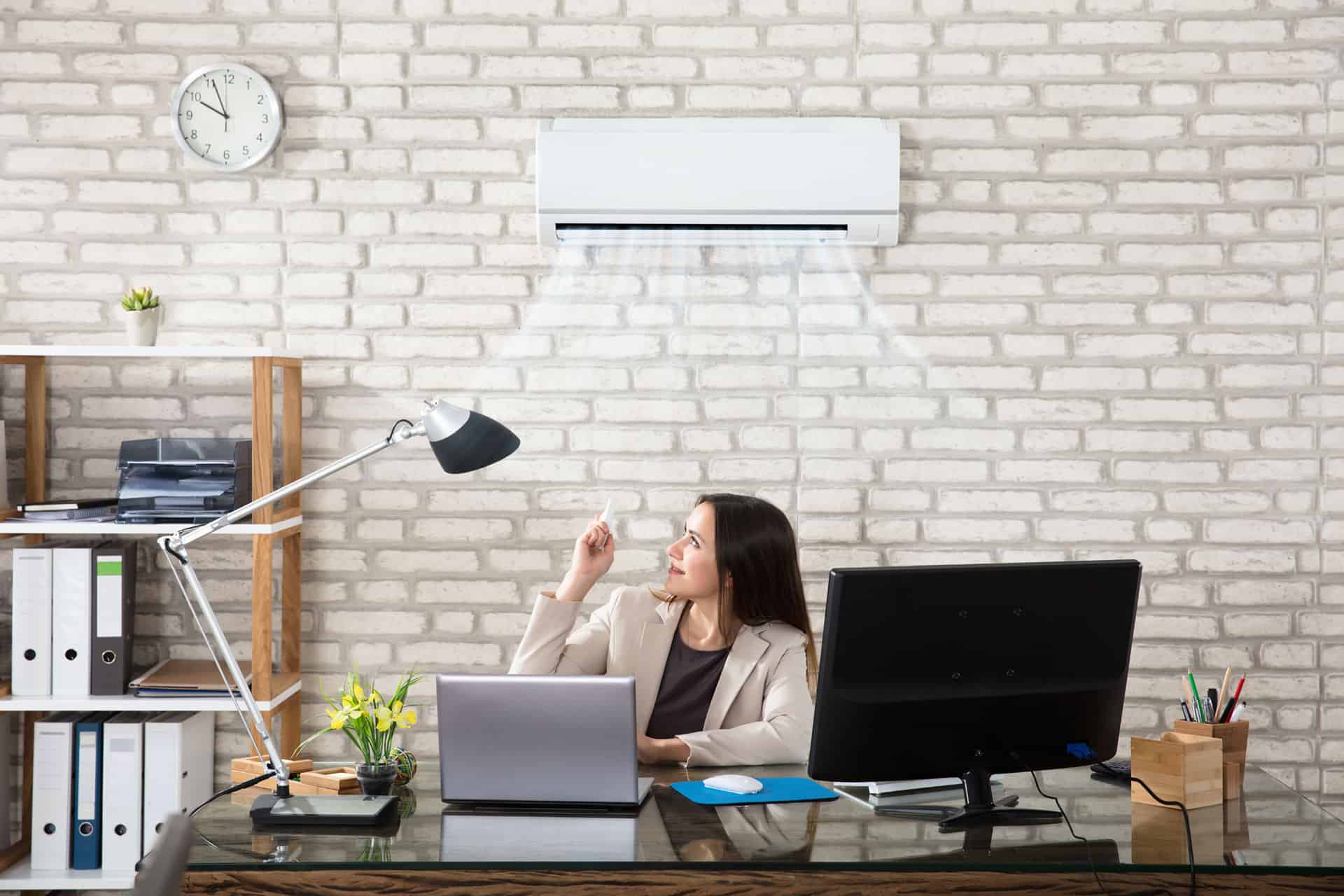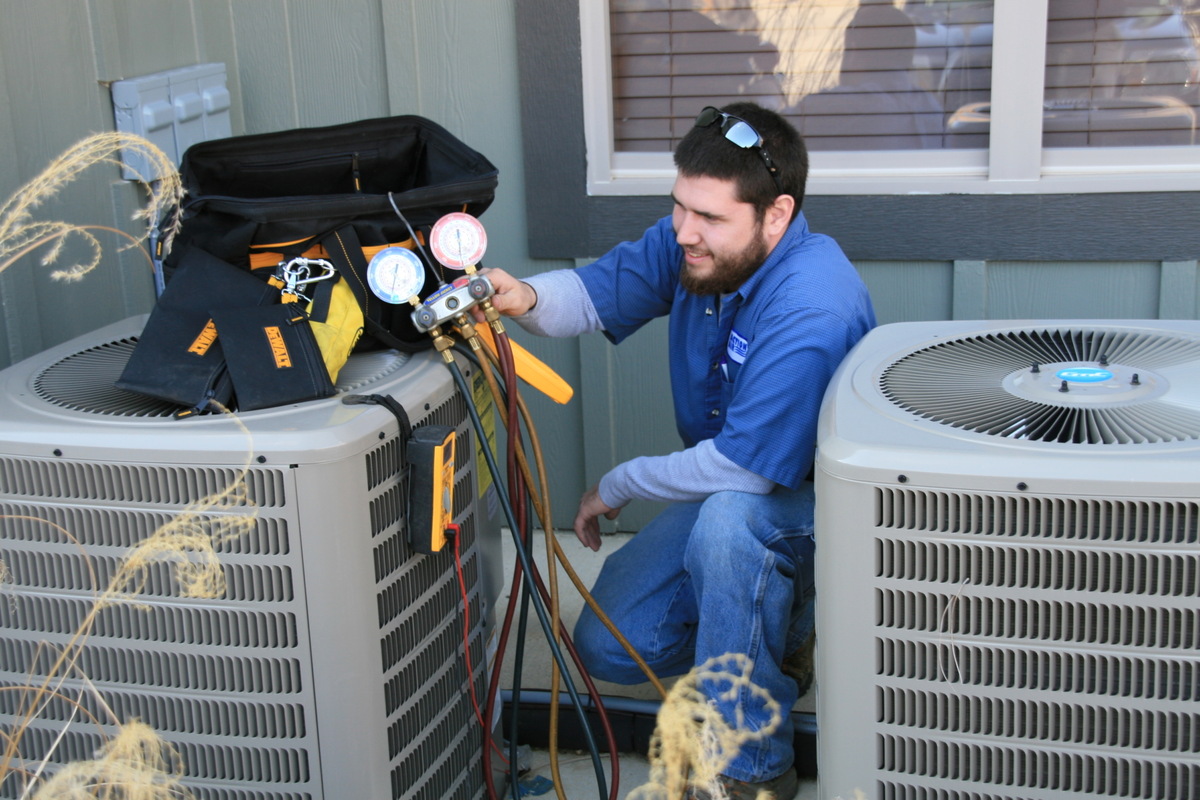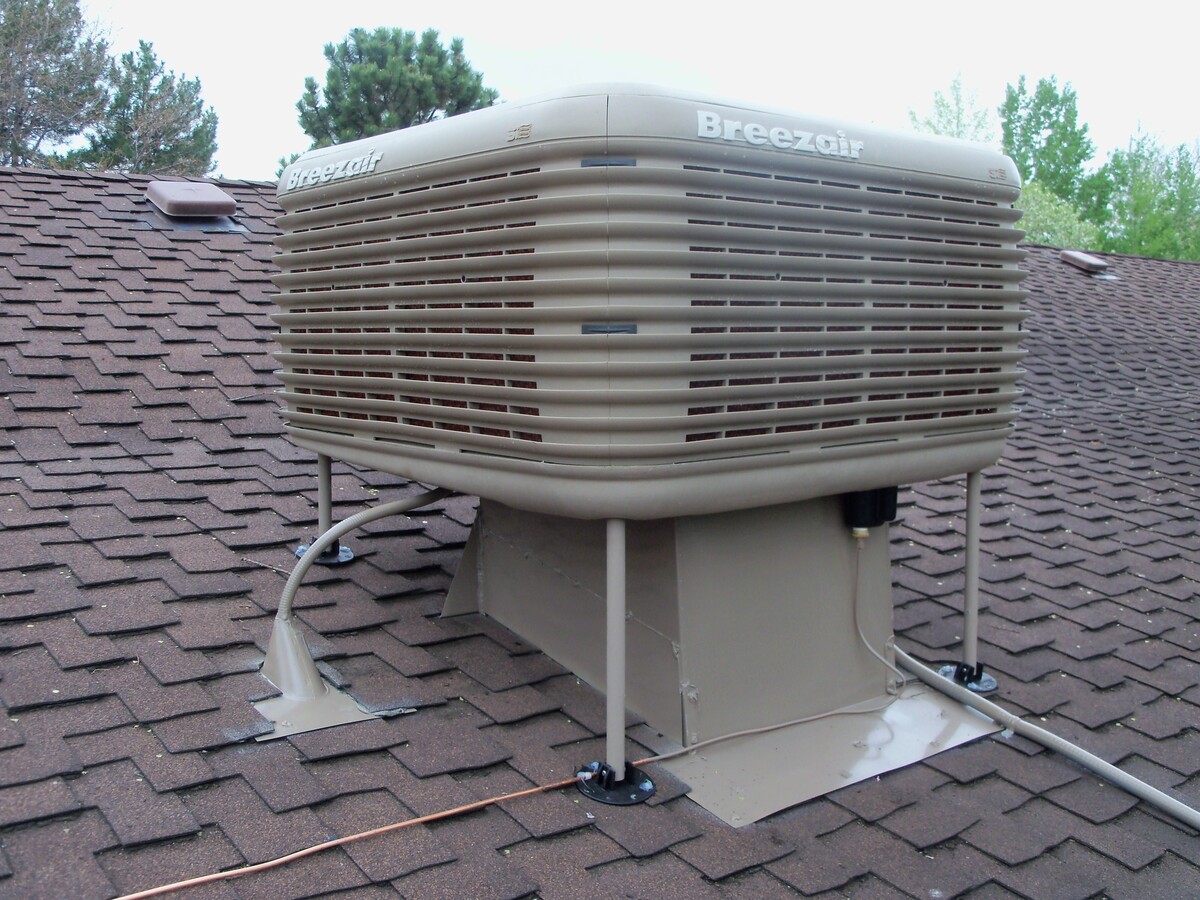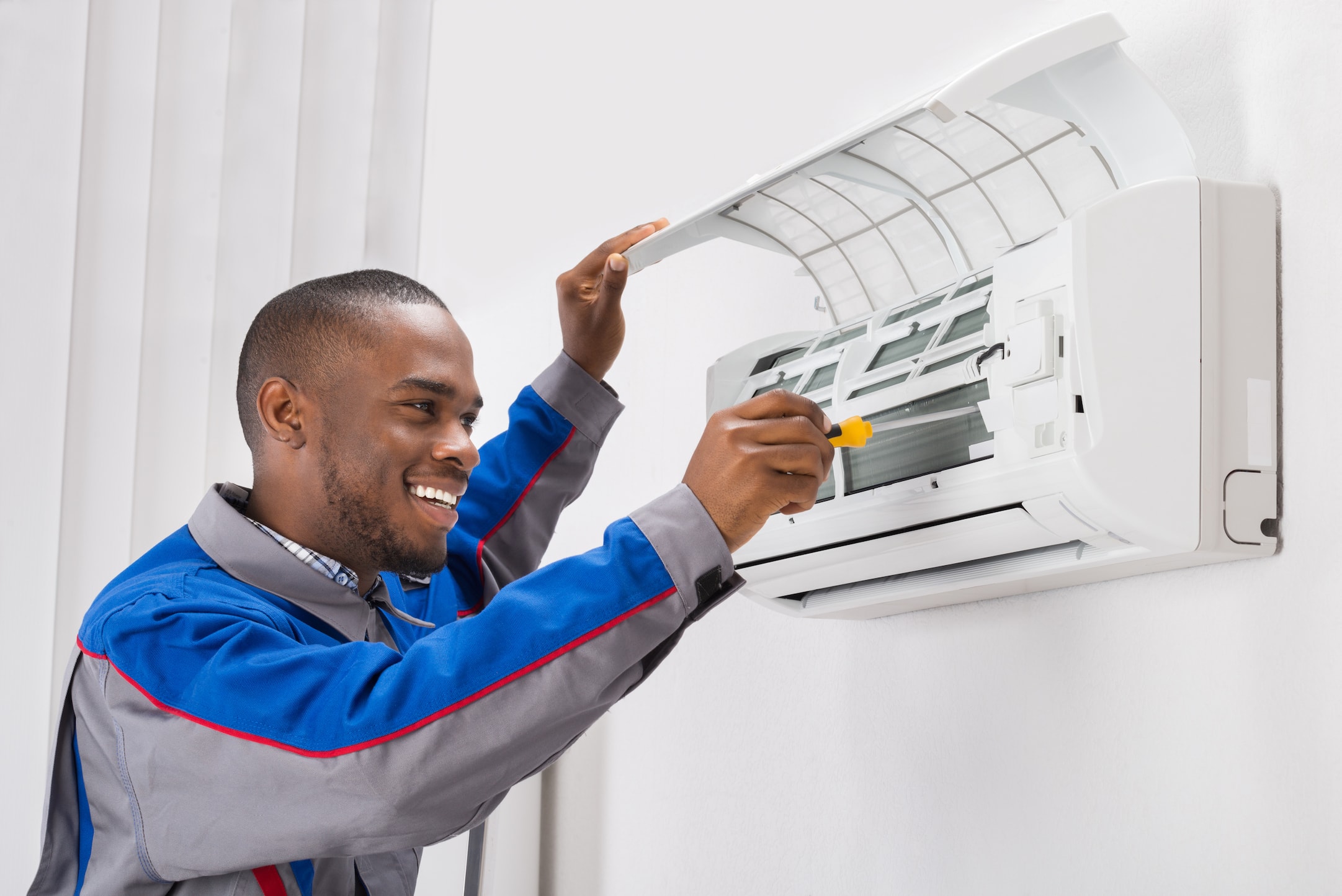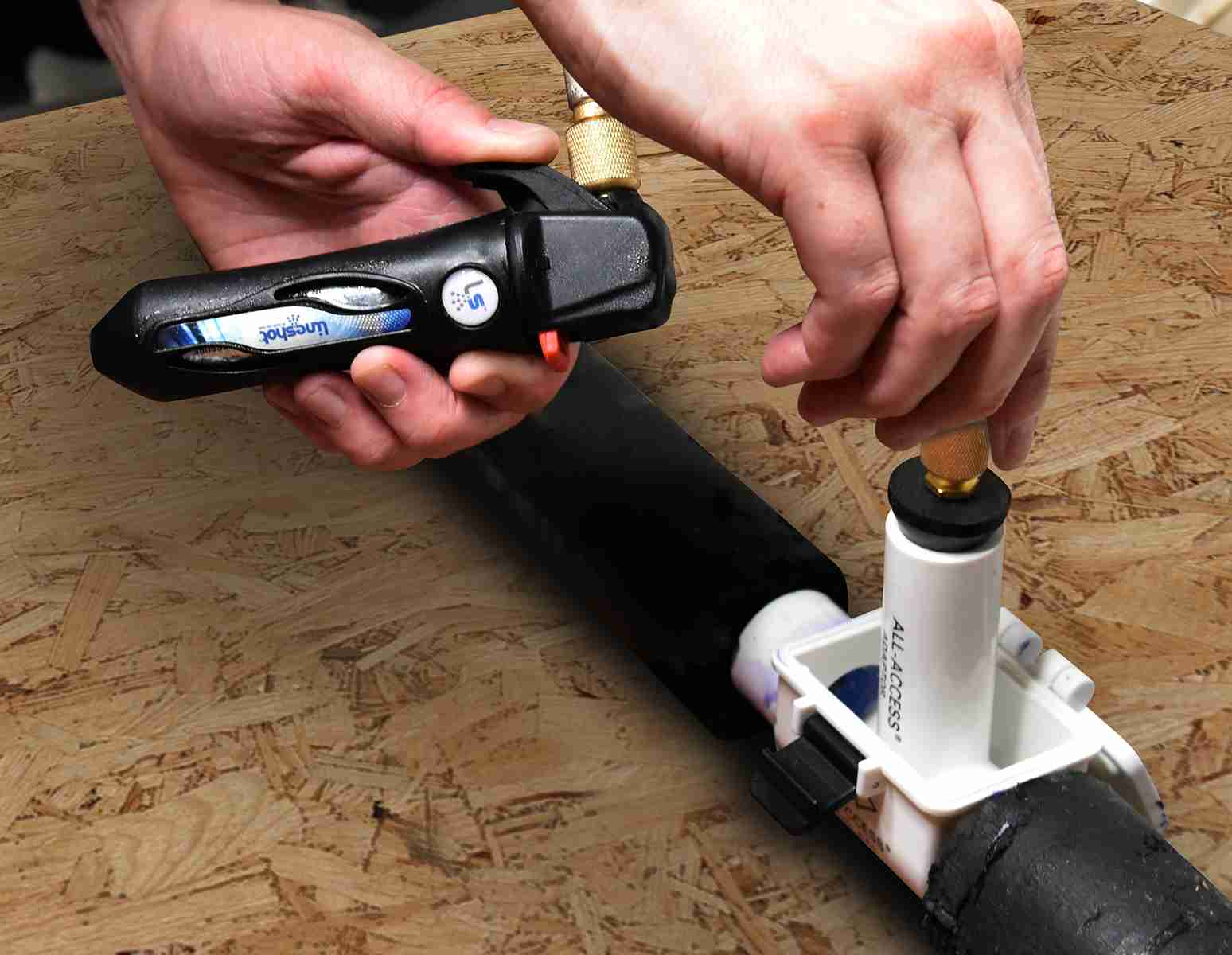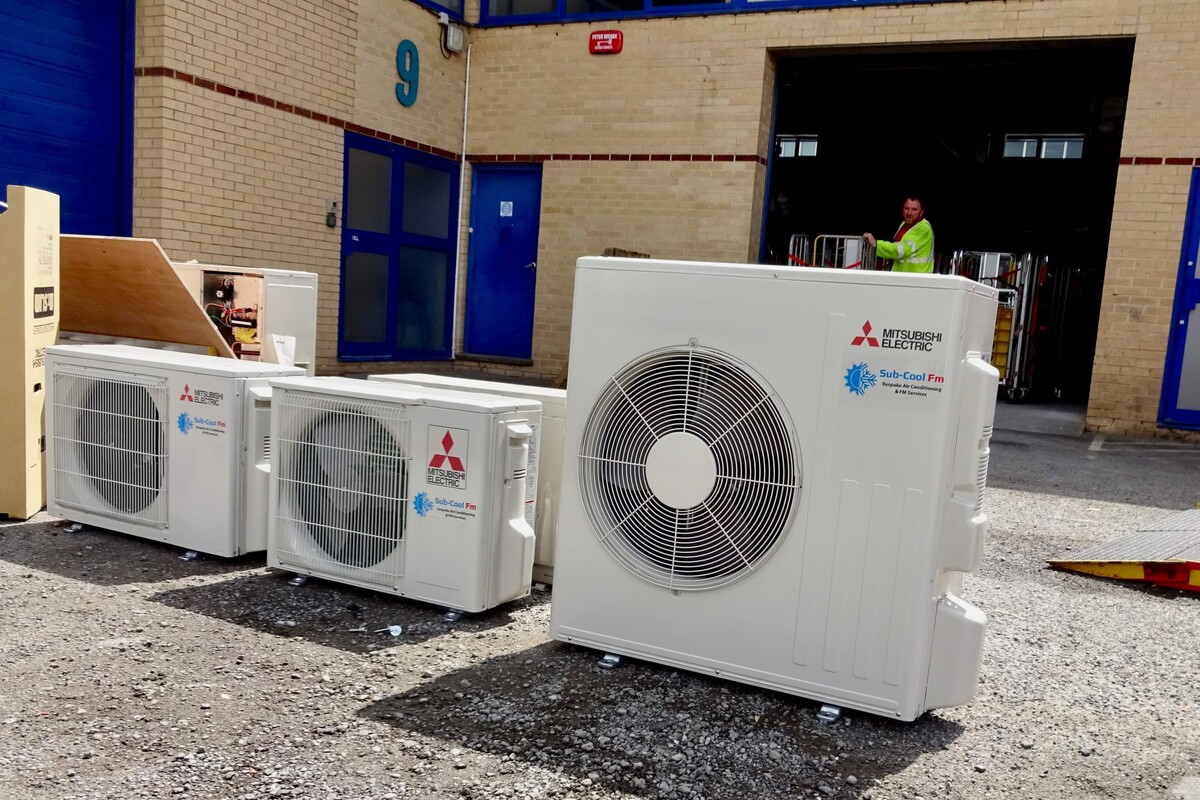Home>Home Maintenance>What Is Dry Air Conditioning
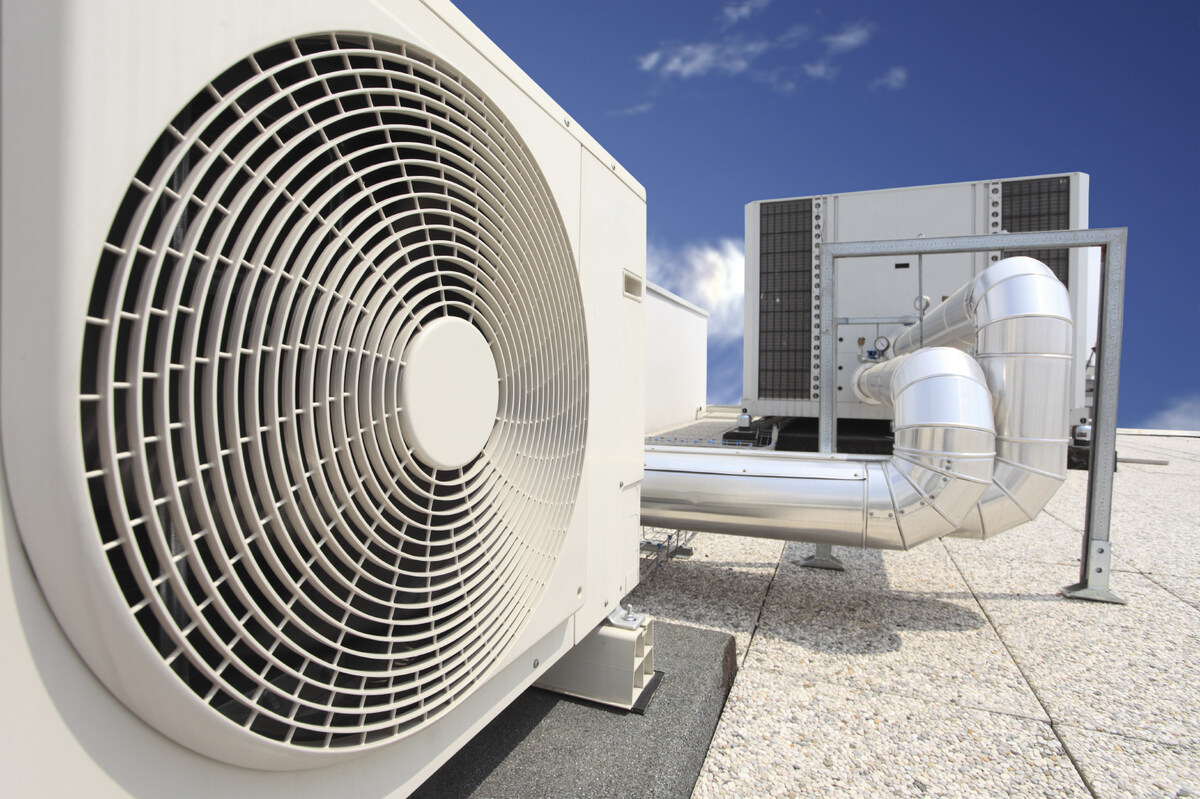

Home Maintenance
What Is Dry Air Conditioning
Modified: March 6, 2024
Learn about the benefits of dry air conditioning for your home maintenance. Keep your indoor air quality in check with our innovative solutions.
(Many of the links in this article redirect to a specific reviewed product. Your purchase of these products through affiliate links helps to generate commission for Storables.com, at no extra cost. Learn more)
Introduction
Welcome to this guide on dry air conditioning! In this article, we will explore the concept of dry air conditioning, its working mechanism, benefits and drawbacks, applications, and how it compares to traditional air conditioning systems. Whether you’re a homeowner looking for a more energy-efficient cooling solution or a business owner interested in exploring innovative HVAC options, this article will provide you with a comprehensive overview of dry air conditioning.
Dry air conditioning, also known as evaporative cooling, is a sustainable and cost-effective alternative to traditional air conditioning systems. It harnesses the natural process of evaporation to cool and humidify the air, making it an ideal choice for hot and dry climates.
Key Takeaways:
- Dry air conditioning, or evaporative cooling, uses the natural process of evaporation to cool indoor spaces in hot and dry climates. It’s energy-efficient, cost-effective, and improves air quality by adding moisture to the air.
- While dry air conditioning offers benefits like lower energy consumption and easy installation, it may have limitations in areas with high humidity and larger spaces. It’s best suited for hot and dry climates.
Read more: What Is A Register In Air Conditioning
Definition of Dry Air Conditioning
Dry air conditioning is a cooling system that utilizes the principle of evaporative cooling to lower the temperature of indoor spaces. Unlike traditional air conditioning, which relies on refrigerant-based cooling, dry air conditioning provides relief from heat by evaporating water into the air, thereby reducing its thermal energy.
The core principle behind dry air conditioning is that as water molecules evaporate from a surface, they absorb heat from the surrounding air. This process effectively cools the air, providing a refreshing and comfortable environment. As a result, dry air conditioning systems are particularly effective in hot and arid climates, where humidity is low.
In dry air conditioning, water is supplied to the system through various methods, such as a water reservoir or a network of pipes. This water is then sprayed or passed through a medium, such as pads or filters, where it evaporates into the air passing over the medium. The cooled and moisture-laden air is then circulated throughout the space, providing a cooling effect.
It’s important to note that dry air conditioning primarily focuses on cooling the air rather than dehumidifying it. While traditional air conditioning systems lower the humidity levels as they cool the air, dry air conditioning systems do not have a significant impact on reducing humidity. In fact, in some cases, it can increase the relative humidity indoors, which can be beneficial in dry climates where humidity is extremely low.
Compared to conventional air conditioning, dry air conditioning offers several advantages, including energy efficiency, cost-effectiveness, and environmentally friendly benefits. In the following sections, we will delve deeper into how dry air conditioning works, along with its benefits and applications.
How Dry Air Conditioning Works
Dry air conditioning utilizes a simple yet effective mechanism to cool indoor spaces. The process involves the evaporation of water, which absorbs heat from the air and lowers its temperature. Let’s take a closer look at how dry air conditioning works:
1. Water Supply: A dry air conditioning system requires a source of water to operate. This can be in the form of a reservoir, water lines connected to a water supply, or even a water pump to draw water from a nearby source.
2. Evaporative Medium: The water is then distributed to an evaporative medium, such as pads or filters. These media are designed to maximize the surface area exposed to the incoming air, promoting efficient evaporation.
3. Air Circulation: The warm air from the surrounding environment is drawn into the system through a fan or blower. As this warm air passes through the evaporative medium, it comes into contact with the water, allowing it to absorb moisture and cool down.
4. Evaporation: As the warm air passes through the evaporative medium, the water present in the medium evaporates into the air. This process removes heat from the air, resulting in a drop in temperature.
5. Cool Air Distribution: The cooled and moistened air is then circulated back into the indoor space through air vents or ducts, providing a refreshing cooling effect. This circulation process can be facilitated by a centralized cooling unit or individual units placed strategically throughout the building.
6. Exhaust: During the evaporation process, some of the water evaporates into the air, while the rest may accumulate in the system. To maintain optimal efficiency, excess water is periodically drained or evaporated from the system. This prevents the build-up of impurities and ensures consistent cooling performance.
It is important to note that dry air conditioning systems require adequate ventilation to expel the humidified air, as the continuous circulation of moist air without proper ventilation can lead to high humidity levels indoors. Therefore, proper air exchange mechanisms should be in place to maintain a balanced indoor humidity level.
Overall, the process of dry air conditioning is relatively straightforward, harnessing the natural principles of evaporation to provide effective and energy-efficient cooling. By utilizing water as a cooling medium, dry air conditioning systems can deliver significant energy savings compared to traditional air conditioning systems that rely heavily on refrigerant-based cooling mechanisms.
Benefits of Dry Air Conditioning
Dry air conditioning offers a range of benefits that make it a popular choice for cooling in hot and dry climates. Here are some of the key advantages of using dry air conditioning:
1. Energy Efficiency: Dry air conditioning consumes significantly less energy compared to traditional air conditioning systems. Since it relies on evaporation instead of vapor compression, it requires less electricity to operate. This can result in lower electricity bills and reduced environmental impact.
2. Cost-Effectiveness: The reduced energy consumption of dry air conditioning translates into cost savings for homeowners and businesses. Operating costs are often much lower compared to traditional air conditioning systems, making it a more affordable cooling option in the long run.
3. Environmentally Friendly: Dry air conditioning systems are more environmentally friendly due to their lower energy consumption. By reducing the reliance on fossil fuels, they contribute to a reduction in greenhouse gas emissions and help combat climate change.
4. Improved Air Quality: Dry air conditioning works by adding moisture to the air, which can be beneficial in dry climates where humidity levels are low. This helps prevent the dryness of the respiratory system and skin, reducing the risk of allergies, dry eyes, and respiratory irritations.
5. Fresh Air Circulation: Unlike traditional air conditioning systems that recycle the same air, dry air conditioning brings fresh air from outside into the space. This constant circulation of fresh air can improve indoor air quality and create a more pleasant and healthier environment.
6. Easy Installation: Dry air conditioning systems are relatively easy to install compared to complicated refrigerant-based cooling systems. They require minimal ductwork and can be easily integrated into existing HVAC systems or used as standalone units.
7. Low Maintenance: Dry air conditioning systems have fewer complex components compared to traditional air conditioners, resulting in lower maintenance needs. Regular maintenance typically involves cleaning and replacing the evaporative media, ensuring proper water supply, and inspecting the system for any leaks or blockages.
8. Versatility: Dry air conditioning can be used in various settings, including residential homes, commercial buildings, industrial spaces, and outdoor areas. It is particularly effective in regions with hot and dry climates, where it can provide efficient cooling and comfortable living conditions.
It’s important to note that while dry air conditioning offers numerous benefits, its effectiveness may be limited in areas with high humidity. In such cases, other cooling methods, like refrigerant-based air conditioning, may be more suitable.
Overall, dry air conditioning is an energy-efficient, cost-effective, and environmentally friendly cooling solution that provides an array of benefits. Its ability to improve air quality and comfort, along with its flexibility in installation and maintenance, make it a compelling choice for those looking for effective cooling in hot and dry climates.
Dry air conditioning is a system that removes moisture from the air, creating a more comfortable indoor environment. It can help prevent mold and mildew growth, and improve air quality.
Drawbacks of Dry Air Conditioning
While dry air conditioning offers several advantages, it is important to consider the drawbacks of this cooling method as well. Here are some of the potential limitations of dry air conditioning:
1. Dependence on Dry Climate: Dry air conditioning works best in hot and dry climates where the relative humidity is low. In areas with high humidity, the cooling effect may be limited, and the system may not be as effective in lowering the temperature.
2. Limited Cooling Capacity: Dry air conditioning systems may have limited cooling capacity compared to traditional air conditioners. They are most effective in smaller spaces or specific areas, making them less suitable for cooling large buildings or areas with high heat loads.
3. Increased Humidity Levels: Dry air conditioning systems add moisture to the air as part of the cooling process. While this can provide relief in dry climates, it can cause the indoor humidity levels to rise. In areas already prone to high humidity, this can lead to discomfort and potential issues such as mold growth or increased dust mite activity.
4. Maintenance Requirements: While dry air conditioning systems generally require less maintenance compared to traditional air conditioners, they do require regular cleaning and maintenance of the evaporative media. The pads or filters can become dirty over time and may need cleaning or replacement to ensure proper functioning and prevent issues like bacteria or algae growth.
5. Water Usage: Dry air conditioning systems rely on a continuous supply of water for evaporation. In areas where water scarcity is a concern, the amount of water consumed by the system may be seen as a drawback. However, it is worth noting that dry air conditioning can use significantly less water compared to the water consumed by conventional cooling towers in traditional air conditioning systems.
6. Noise Levels: Some dry air conditioning systems can generate noise due to the operation of fans or blowers. While newer models are designed to minimize noise, it is still something to consider, especially in residential settings or areas where noise restrictions may apply.
7. Limited Control over Temperature: Dry air conditioning systems cool the air through evaporation, which results in a drop in temperature. However, the temperature reduction may not be as precise or controllable as with refrigerant-based air conditioning systems, which offer more accurate temperature control options.
It is important to weigh these drawbacks against the benefits and consider factors such as climate, humidity levels, space requirements, and personal preferences before deciding on whether to implement dry air conditioning as a cooling solution.
Despite these limitations, dry air conditioning can still be a viable and effective cooling option in the right circumstances, particularly in hot and dry climates where energy efficiency and cost-effectiveness are key considerations.
Read more: What Is The Purpose Of Air Conditioning
Applications of Dry Air Conditioning
Dry air conditioning, or evaporative cooling, has various applications in both residential and commercial settings. Here are some of the common areas where dry air conditioning is widely used:
1. Residential Homes: Dry air conditioning is popular in residential homes, especially in regions with hot and dry climates. It provides an energy-efficient and cost-effective cooling solution for individual rooms, apartments, or entire houses. It can be installed as a standalone unit or integrated into existing HVAC systems.
2. Commercial Buildings: Many commercial buildings, such as offices, retail stores, and restaurants, benefit from dry air conditioning. It offers a more sustainable alternative to traditional air conditioning, reducing energy consumption and operational costs. Dry air conditioning can be particularly useful in open-plan spaces or areas with high occupancy, where efficient cooling is essential.
3. Industrial Spaces: Dry air conditioning is also utilized in various industrial applications. It can provide cooling in factories, warehouses, workshops, and processing plants. The ability to control the air temperature and improve working conditions makes dry air conditioning a valuable tool in these environments.
4. Data Centers: Data centers require efficient cooling solutions to maintain optimal operating conditions for their equipment. Dry air conditioning can be used in combination with traditional cooling methods to provide supplemental cooling and increase energy efficiency. By incorporating dry air conditioning, data centers can achieve better temperature control and reduce energy costs.
5. Outdoor Areas: Dry air conditioning can be used in outdoor areas, such as patios, outdoor dining spaces, or event venues. It can create comfortable environments even in hot and dry climates, allowing people to enjoy outdoor activities while staying cool. Outdoor dry air conditioning units are designed to withstand different weather conditions and provide effective cooling in open spaces.
6. Agricultural Settings: Dry air conditioning is employed in agricultural settings, particularly in greenhouses or nurseries. It helps regulate the temperature and humidity levels, creating optimal conditions for plant growth. Dry air conditioning can improve crop yields, prevent heat stress, and enhance the overall productivity of agricultural operations.
7. Sports Facilities: Stadiums, gyms, and sports complexes often rely on dry air conditioning to keep athletes and spectators comfortable during events or training sessions. The ability to provide efficient cooling in large open spaces makes dry air conditioning a suitable choice for sports facilities, allowing for optimal performance and enjoyment.
It’s worth noting that the applicability of dry air conditioning may vary depending on the climate, humidity levels, and specific requirements of each setting. Consulting with HVAC professionals can help determine the most suitable cooling solution for each application.
Overall, dry air conditioning offers a versatile and sustainable cooling option in a wide range of settings, providing energy-efficient and cost-effective cooling solutions for various residential, commercial, industrial, and outdoor applications.
Comparison with Traditional Air Conditioning
When considering cooling options, it’s essential to compare dry air conditioning with traditional air conditioning systems. Here’s a comparison between the two:
1. Cooling Mechanism: Traditional air conditioning uses vapor compression refrigeration to cool indoor spaces. It removes heat by circulating refrigerant through a compressor, condenser, evaporator, and expansion valve. On the other hand, dry air conditioning cools through the evaporation of water, which absorbs heat from the air. This fundamental difference in cooling mechanisms impacts their performance and energy efficiency.
2. Energy Efficiency: Dry air conditioning is generally more energy-efficient than traditional air conditioning systems. The evaporation process used in dry air conditioning consumes less energy compared to the energy-intensive compression and condensation cycles of traditional systems. As a result, dry air conditioning can lead to lower energy bills and reduced environmental impact.
3. Cost-Effectiveness: Dry air conditioning systems typically have lower installation, maintenance, and operational costs compared to traditional air conditioning systems. The simpler design and fewer complex components contribute to reduced maintenance needs, resulting in cost savings over time. Additionally, the lower energy consumption of dry air conditioning systems translates into lower utility bills and long-term cost savings.
4. Environmental Impact: Dry air conditioning is considered more environmentally friendly compared to traditional air conditioning. The energy efficiency and reduced reliance on refrigerants, which can have a significant environmental impact, make dry air conditioning a more sustainable cooling option. By minimizing greenhouse gas emissions and reducing the carbon footprint, it contributes to a greener and more eco-friendly approach to cooling.
5. Humidity Control: Traditional air conditioning systems have the advantage of dehumidifying the air as they cool it. This can be beneficial in regions with high humidity levels, as it helps create a more comfortable indoor environment. In contrast, dry air conditioning does not have a significant dehumidification effect and may even increase the relative humidity in the space. This aspect needs to be considered when selecting the appropriate cooling method for specific climate conditions.
6. Cooling Capacity: Traditional air conditioning systems generally have higher cooling capacities and are better suited for cooling larger spaces or areas with high heat loads. Dry air conditioning systems are effective for smaller spaces and targeted cooling, making them suitable for individual rooms or specific areas.
7. Control and Precision: Traditional air conditioning systems offer more precise temperature control options. They can maintain a specific temperature setting, allowing users to adjust the cooling levels according to their preferences. Dry air conditioning, while effective in providing cooling, may have less precise temperature control and may rely on natural conditions, such as outdoor temperature and humidity, to some extent.
It’s important to assess the specific needs, climate conditions, and budget considerations to determine which cooling system is the most suitable for a particular application. In some cases, a combination of both systems may be used to create an optimal balance between energy efficiency, cost-effectiveness, and comfort.
Overall, dry air conditioning offers several advantages over traditional air conditioning, including energy efficiency, cost-effectiveness, and reduced environmental impact. However, traditional air conditioning systems may still be preferred in specific situations that require precise temperature control or dehumidification capabilities.
Conclusion
Dry air conditioning, also known as evaporative cooling, is a sustainable and cost-effective alternative to traditional air conditioning systems. By harnessing the power of evaporation, dry air conditioning offers numerous benefits for cooling indoor spaces in hot and dry climates.
Throughout this article, we have explored the definition, working mechanism, benefits, drawbacks, applications, and comparison of dry air conditioning with traditional air conditioning systems. Dry air conditioning utilizes the natural process of evaporation to cool the air, providing a refreshing and energy-efficient solution.
One of the key advantages of dry air conditioning is its energy efficiency. Unlike traditional air conditioning systems that rely on vapor compression, dry air conditioning consumes less energy, resulting in lower utility bills and reduced environmental impact. Its cost-effectiveness makes it an attractive choice for homeowners and businesses looking to save on cooling expenses over the long term.
Another notable benefit of dry air conditioning is the improved air quality it provides. As it adds moisture to the air, dry air conditioning helps prevent dryness of the respiratory system and skin, reducing the risk of allergies and respiratory irritations. It also offers the advantage of fresh air circulation, contributing to better indoor air quality.
Despite its advantages, dry air conditioning has limitations. It works more effectively in hot and dry climates, and it may not have the same cooling capacity or precise temperature control as traditional air conditioning systems. Additionally, the increase in humidity levels can be a drawback in areas already prone to high humidity.
Dry air conditioning finds applications in a wide range of settings, including residential homes, commercial buildings, industrial spaces, outdoor areas, agricultural environments, and sports facilities. Its versatility and flexibility make it an adaptable cooling solution for various needs and requirements.
When deciding between dry air conditioning and traditional air conditioning, it’s crucial to consider factors such as climate, humidity levels, space requirements, and personal preferences. Consulting with HVAC professionals can provide valuable insights and help determine the most suitable cooling solution for each specific situation.
In conclusion, dry air conditioning offers an energy-efficient, cost-effective, and environmentally friendly cooling alternative that provides effective cooling in hot and dry climates. Its ability to improve air quality, ease of installation, and versatility make it a compelling choice for those seeking innovative and sustainable cooling solutions.
Frequently Asked Questions about What Is Dry Air Conditioning
Was this page helpful?
At Storables.com, we guarantee accurate and reliable information. Our content, validated by Expert Board Contributors, is crafted following stringent Editorial Policies. We're committed to providing you with well-researched, expert-backed insights for all your informational needs.
